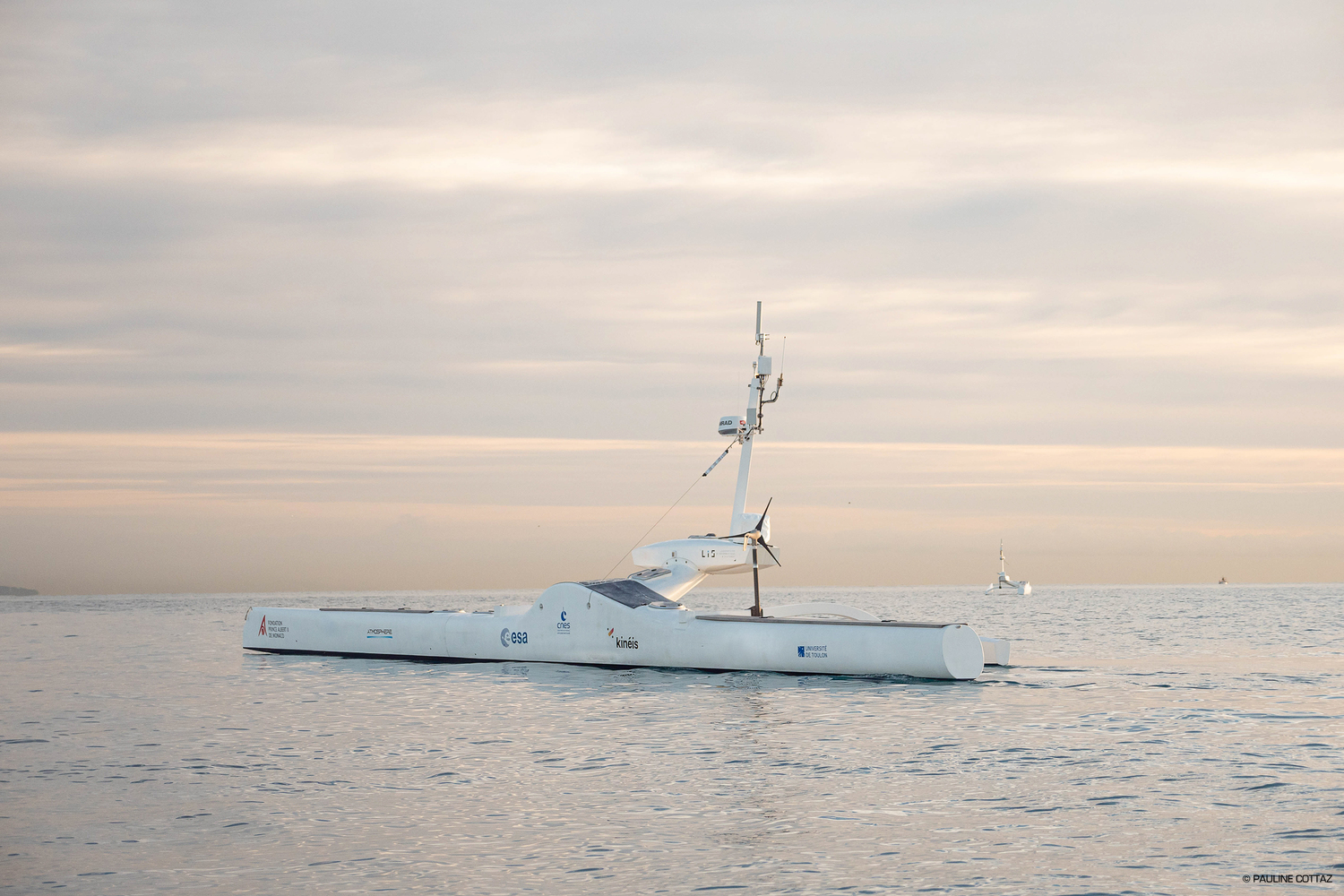
Sphyrna Odyssey Quiet Sea Mission: A historic opportunity to listen to the marine life without noise pollution
Monaco
As a result of the containment measures to combat the coronavirus epidemic, the world has remained as if frozen. This exceptional situation has led to an unprecedented slowdown in maritime activities in the Mediterranean, which in normal times supports one of the densest traffic flows in the world: fishing, passenger transport, cruising and yachting are greatly reduced or even banned, ports have reduced their activities or are closed, and trade routes are experiencing a very sharp drop in traffic.
In order to seize this historic opportunity to characterise the marine environment in a state of low noise pollution, Sphyrna Odyssey launched the Quiet Sea scientific mission with the exceptional support of the Prince Albert II of Monaco Foundation.
Placed under the scientific direction of Pr Hervé Glotin (CNRS LIS DYNI, University of Toulon), the objective of this exceptional mission was to measure the density and behaviour of several cetacean species ( Sperm whale pm, Tursiops t., Ziphius c., Blue-white dolphin, Risso dolphin), during and after the confinement period, in the PELAGOS sanctuary, from the two autonomous laboratory vessels Sphyrna.
After obtaining an exceptional exemption from the Préfecture Maritime de la Méditerranée and taking all the necessary sanitary precautions for the safety of its crew, the Sphyrna Odyssey Quiet-Sea mission flew on Thursday 23rd April 2020 from the port of Toulon in the direction of the Port-Cros National Park.
As the mission will take place during and after the confinement period, it will also evaluate the impact of the resumption of maritime traffic on these cetacean populations, which have experienced about 10 weeks of low noise pollution. It will thus consist of recording this upheaval and demonstrating the impact of anthropogenic pollution on these populations.
Autonomous vessels for listening to cetaceans
The particularity of the Sphyrna-Odyssey missions, operated in the Mediterranean Sea since 2018, is the use of 2 autonomous surface vessels called SphyrnaALV (for Autonomous Laboratory Vessel) and a base ship hosting the scientific teams. Equipped with oceanic autonomy, the two autonomous vessels - the SphyrnaALV 55 with a length of 17 metres and the SphyrnaALV 70 with a length of 22 metres - are currently the largest civilian vessels of this type in the world.
Designed and developed by the Sea Proven start-up, headed by Fabien de Varenne and Antoine Thébaud, in Laval, Mayenne, they are propelled by an electric motor powered by solar, wind and water turbine energy. With great stability and a large carrying capacity (over a ton), they are each equipped with very sensitive hydrophones placed under their hull for listening to cetaceans, drifting or at very low speed. Being very silent, they have the particularity of not disturbing the acoustic measurements carried out during the mission.
They are also equipped with many other sensors designed to collect a very complete field of data to better understand the impact of human activities on the oceans and the planet (ocean acidification, measurements of various pollutants, bio-chemical parameters, temperatures, etc.).
With respect for the animals
The hydrophones placed under the SphyrnaALVs make it possible to listen to everything that moves underwater up to 2,000 metres deep and within a radius of 6 kilometres. They allow scientists to study marine animals with great precision without having to approach or disturb them, thus revolutionising this type of scientific mission.

